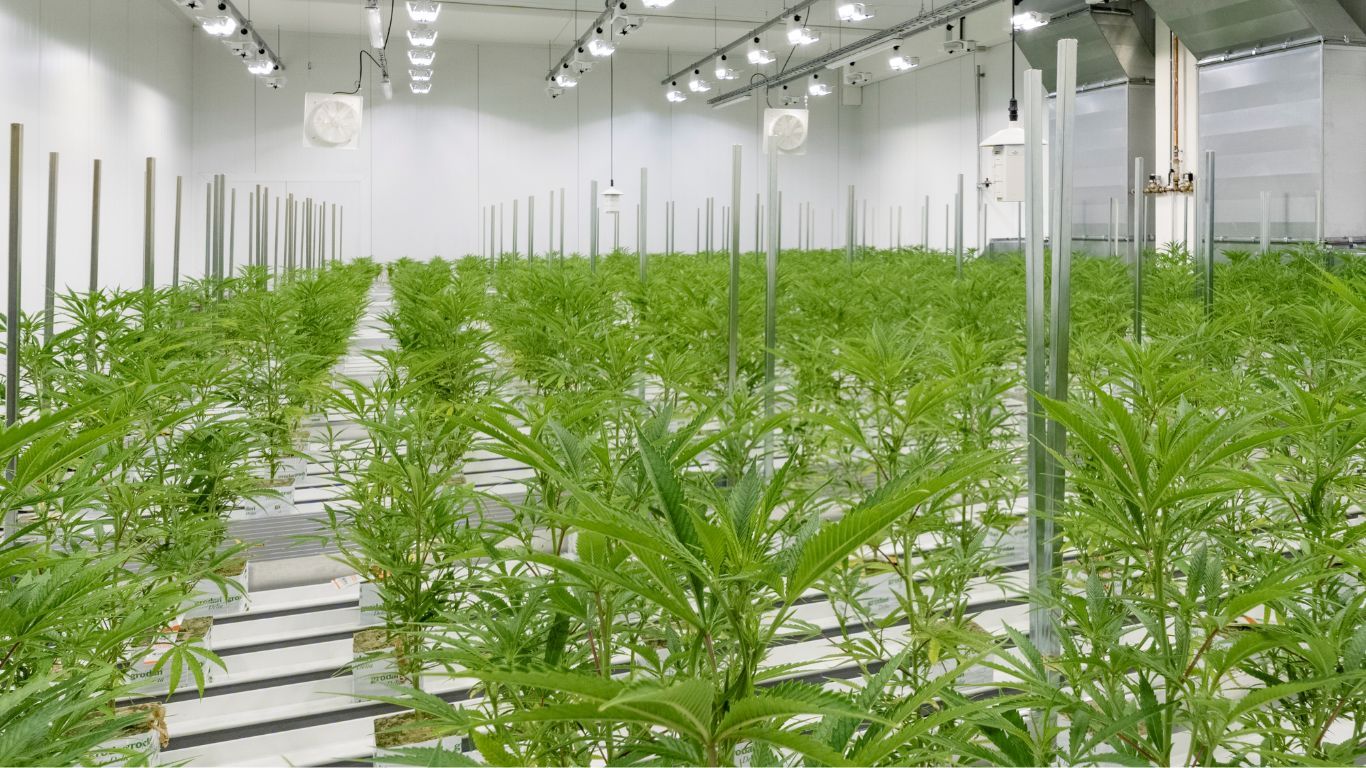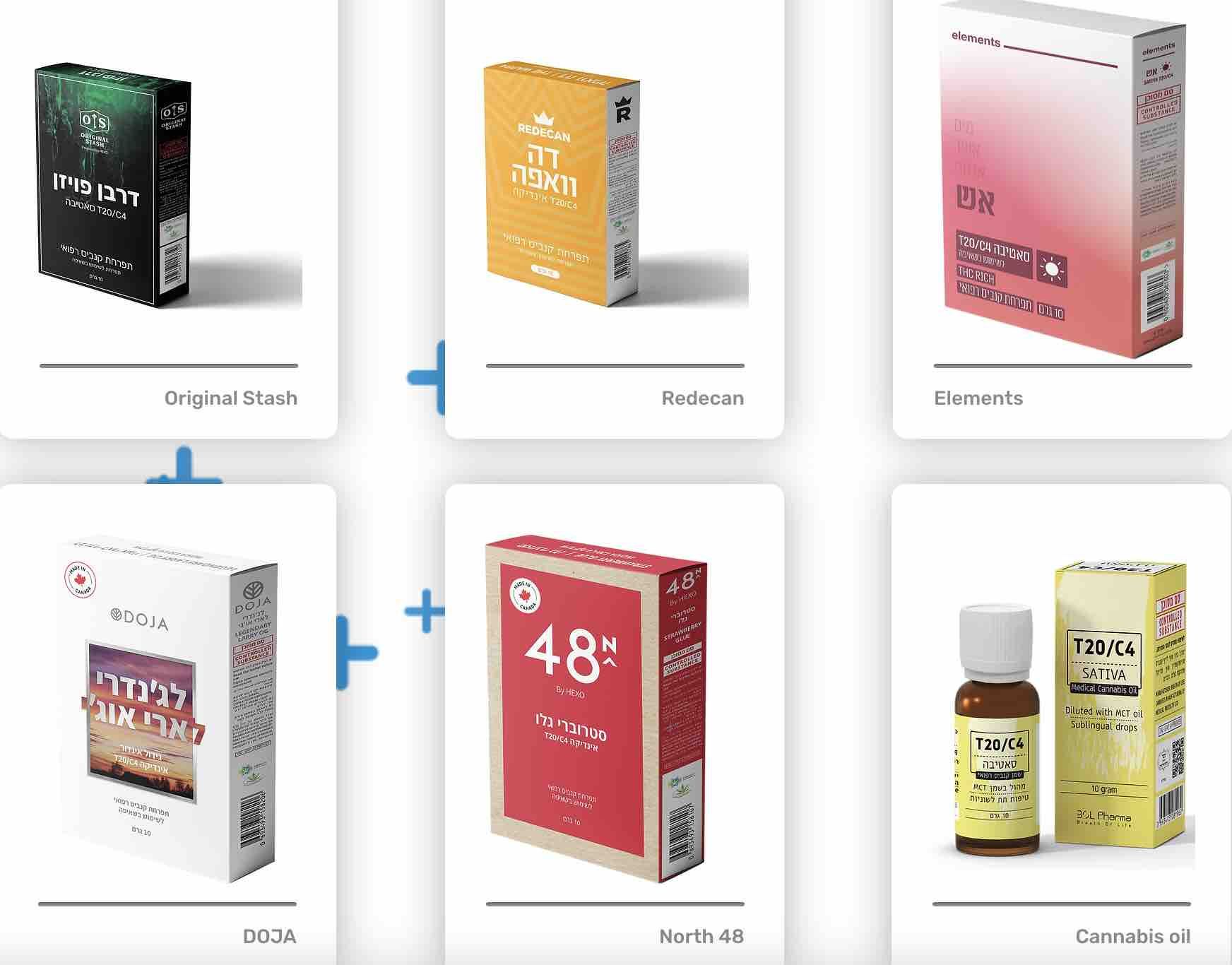
A study released this week shows that the annual rate of Emergency Department visits among older people in Ontario increased post-legalization.
What many stories covering this new research paper overlook, however, is that rates were already increasing significantly in the years before legalization in late 2018. In fact, post-legalization, the rate of increase slowed considerably.
In addition, while many news articles on the paper are highlighting that there was an increase in these hospital visits in 2020—and attributing this to the introduction of cannabis edibles in Canada—they again overlook that cannabis edibles were not widely available in Canada in much of 2020.
While these products were made legal in late 2019, they did not become widely available, and at competitive prices, until mid-2021. This is a misunderstanding of the market, which has been repeated many times by researchers and the media reporting on their work.
The most recent study, published on May 20 in the Journal of the American Medical Association, shows that emergency department visits in Ontario for cannabis-related poisonings increased from 55 per 100,000 visits in 2015 to 107 in 2016, 190 in 2017, and 337 in 2018.
in Ontario Older Adults, 2015-2022
It then increased to just 375, 392, and 462 in 2019, 2020, and 2021 before declining to 404 in 2022.
The most significant increases in this timeline covered by the study occurred in the years leading up to legalization. In addition, while the study and some articles on the study discuss an increase in emergency department visits related to the introduction of edibles, the increases in 2020 and even 2021 were very modest, especially compared to previous years.
The increase from 2019 to 2020 was just 17 per 100,000, while the increase from 2020-2021 (when edibles began to be more common in the legal market) was just 70 per 100,000. Then, in 2022, when these products were even more available and affordable, those visits actually declined by 58 per 100,000 compared to the previous year.
So, on the one hand, yes, there are notable increased emergency room visits among older Canadians related to cannabis use. And yes, this is a legitimate public health concern and cost. But to say this is caused by legalization, or specifically by cannabis edibles, is misleading. These figures were already rising in the years leading up to legalization—significantly so—and grew much less in the years following legalization, comparatively speaking.
In addition, in the most recent year recorded (2022), those visits declined from a peak, potentially supporting the idea that consumers are becoming more knowledgeable about how to self-regulate the use of these products and better manage any symptoms without needing to visit the emergency department.
Unfortunately, news reports that inaccurately attribute these increases specifically to legal edibles or to legalization in general simply serve to feed prohibitionist straw men. This is not new; we’ve seen similar issues in the past in regard to edibles and young people, with researchers and media seemingly unaware of the prevalence of illicit edibles.












